Canary Nest: Understanding Their Role in Cold Weather Protection
Hey there, are you sick of freezing your tail feathers off in the winter? We've got a little birdie secret that can keep you warm and cozy!
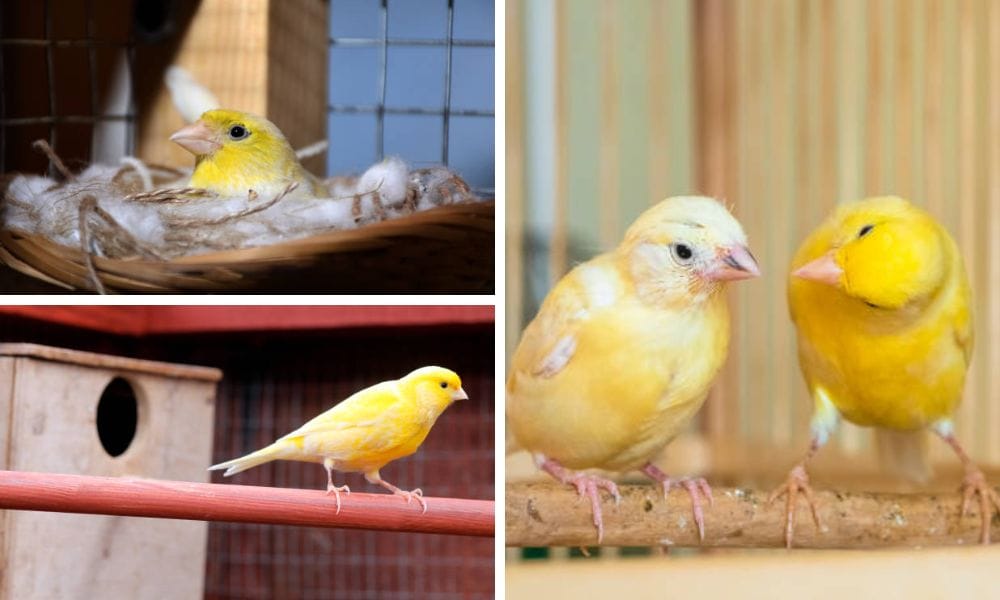
Key Takeaways:
- Canary nests are crucial for the survival of canaries in cold weather, providing insulation and warmth.
- The material and location of the nest are significant factors in ensuring adequate protection.
- Proper maintenance and selection of nests can enhance the well-being of these birds during winter.
Canaries are not just a delightful addition to any bird lover's family; they are also creatures that require specific care, especially when it comes to their habitat. As temperatures drop, understanding the role of a canary nest in cold weather protection becomes essential for any canary owner. This article will delve into the intricacies of canary nests, offering insights into how they serve as a sanctuary against the chill.
The Importance of Nest Selection
When it comes to selecting a canary nest, the options are vast. However, not all nests are created equal. The right nest can mean the difference between a thriving bird and one that struggles through the winter. A canary nest should be of a size that allows the bird to nestle comfortably; typically, a diameter (dia) of about 4 inches is suitable. Materials like bamboo are often preferred for their natural insulation properties. When searching for a nest, review the product details carefully to ensure it meets these criteria.
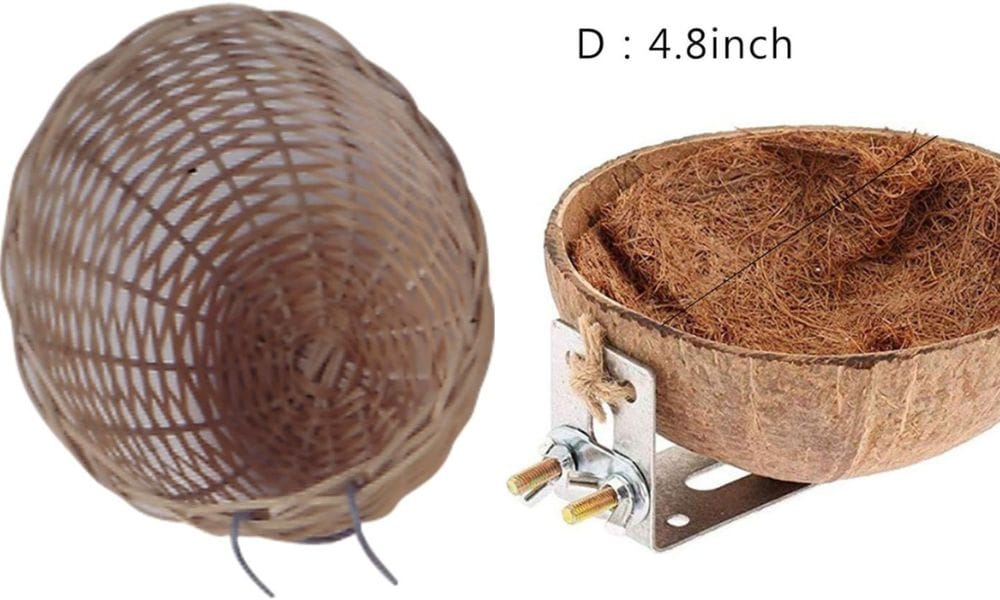
Nest Location is Key
The location of the canary nest within the cage is just as important as the nest itself. It should be placed in a spot that is away from drafts yet still allows for easy access by the canary. A location that allows the canary to feel secure will encourage them to accept the nest as their own. Remember to refresh the cage setup periodically, but avoid significant changes that might stress the birds.
Material Matters
When the cold sets in, the material of the canary nest becomes a pivotal factor in providing warmth. Soft, insulating materials like cotton or felt can be added to the nest to bolster warmth. Metal nests, while durable, may not retain heat as well and should be lined with warmer materials. Always ensure that the materials used are safe and non-toxic for the birds.
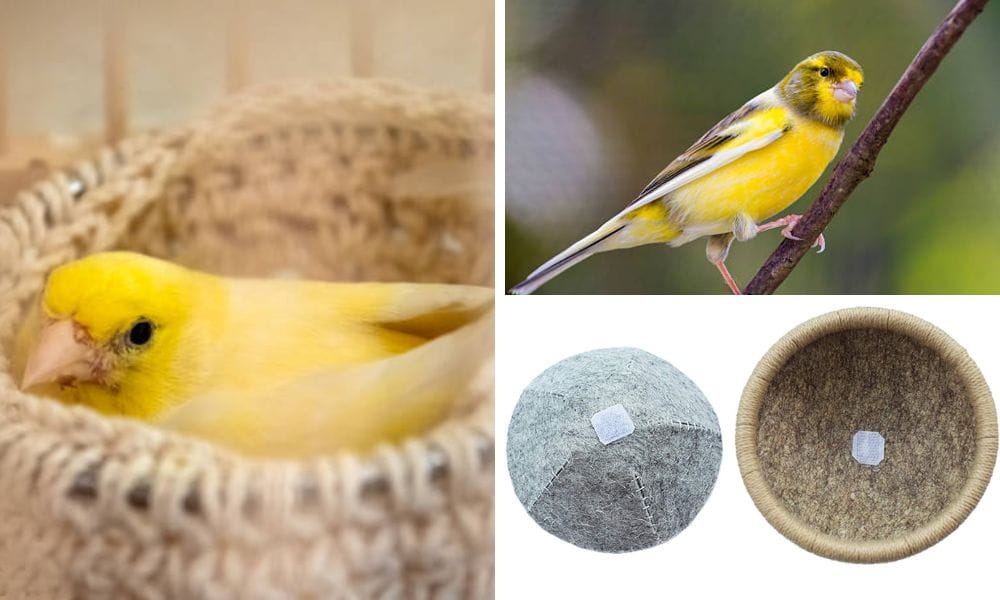
The Significance of Full Page Details
When it comes to ensuring the comfort and safety of canaries during the colder months, every detail counts, including the full page of information that breeders and enthusiasts should consider. A full page on a website dedicated to canary care should encompass all aspects of nest construction, from the selection of materials to the style of the nest that best suits the bird's needs. This comprehensive approach not only aids search engines in indexing relevant content but also provides users with a one-stop resource. By including complete details on a single page, visitors can save time and effort, as they won't need to click through multiple pages to gather the information they need.
Moreover, a full page with rich content enhances the selection results for users who are looking for specific information about canary nests. For instance, a visitor might use the site's search function to find out about the best location for a canary nest. If the full page is well-structured with clear headings, images that illustrate points, and a comment section for community interaction, it will not only satisfy the user's query but also encourage them to explore the site further. This level of detail and user engagement can lead to a higher stock of regular visitors and potentially increase the number of canaries sold through the site's recommendations.
If you are looking for the best canary nest, we have put together our blog about top 3 canary nest below and it to your amazing wish list.
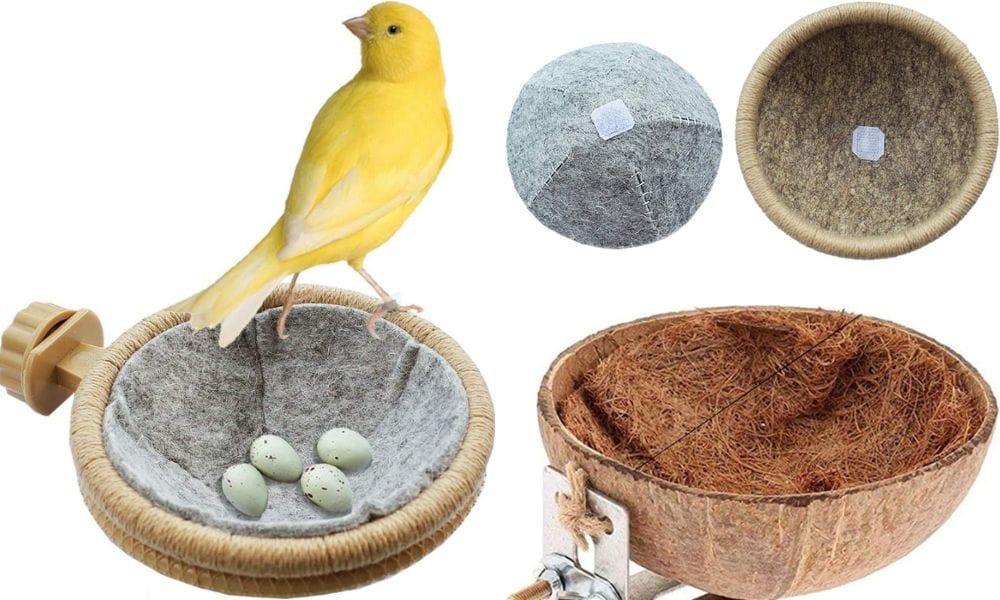
Integrating User Interaction and Feedback
Encouraging user interaction on your site can significantly enhance the user experience and provide valuable insights into canary care during cold weather. By including a comment section on your full page dedicated to canary nests, you invite visitors to share their experiences, ask questions, and even contribute tips. This interactive element not only helps to build a community around your site but also keeps the content dynamic and up-to-date with the latest practices and concerns from real canary owners. It's a way to understand the audience's needs better and to tailor the content accordingly.
Furthermore, integrating options for visitors to save their favorite articles, link to helpful resources, or contact experts directly from the page adds another layer of convenience and service. When users can easily sign up for updates or stock alerts on canary care products, they are more likely to return to your site and engage with your content. This strategy not only improves the site's SEO by increasing dwell time and return visits but also positions your site as a go-to resource for canary enthusiasts. By paying attention to these interactive elements, you can enhance the style and substance of your site, making it a complete resource for anyone looking to understand and protect their feathered friends in colder climates.
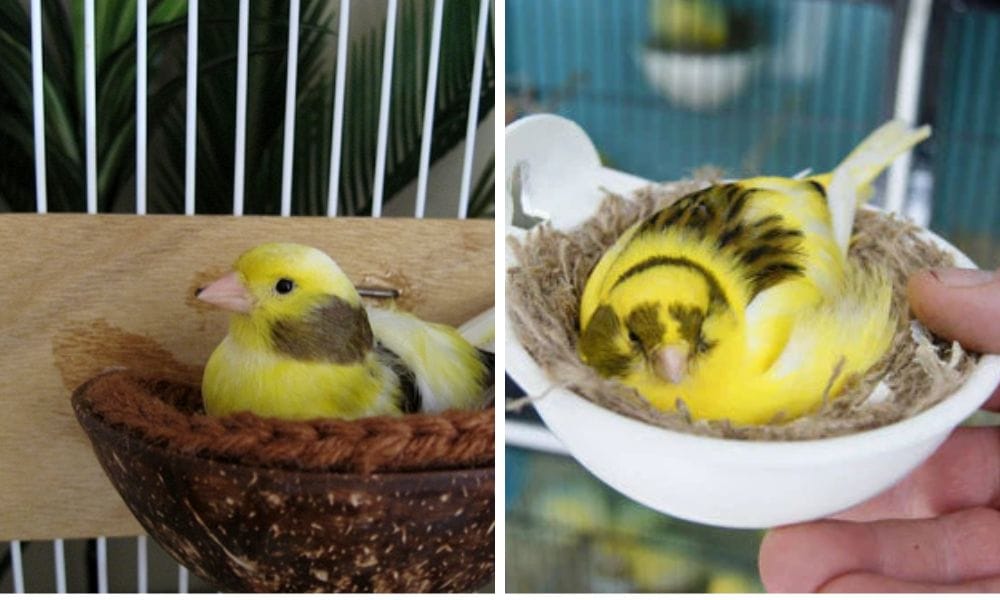
Maintenance and Hygiene
A clean nest is a warm nest. Regular maintenance is necessary to keep the nest in optimal condition. Remove any soiled materials and replace them with fresh bedding. This not only keeps the nest hygienic but also ensures that the insulation remains effective. A well-maintained nest helps canaries conserve energy that would otherwise be spent on keeping warm.
Understanding Canary Behavior
Observing your canaries' behavior can provide valuable insights into their comfort levels. If canaries are frequently huddled together or seem reluctant to leave their nest, it may indicate that the cage or room temperature is too low. Adjusting the room temperature or adding a cage cover at night can help provide additional warmth.
The Role of Nest Accessories
Accessories like nest covers can add an extra layer of protection against the cold. These covers can be placed over the nest at night to help retain heat. Ensure that any accessories you add to the cage are designed for canaries and do not pose any risk of entanglement or injury.
Summary
Canary nests play a vital role in protecting these delicate birds from the harshness of cold weather. By selecting the right nest, placing it in an ideal location, using the proper materials, and maintaining cleanliness, canary owners can ensure their feathered friends stay warm and comfortable throughout the winter months. Understanding and catering to the needs of canaries is key to their well-being during colder times.
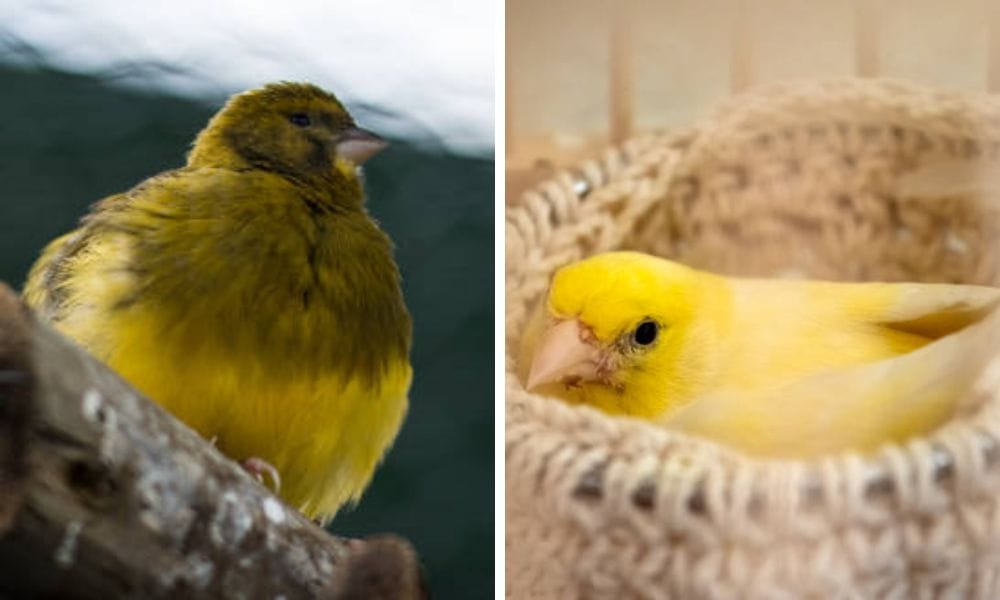
FAQ Section
Q: What is the best material for a canary nest in cold weather? A: Bamboo and other natural fibers are excellent for canary nests due to their insulation properties. Adding soft, insulating materials like cotton or felt can further enhance warmth.
Q: How often should I replace the bedding in my canary's nest? A: Bedding should be checked regularly and replaced whenever it becomes soiled. This not only keeps the nest clean but also ensures that the insulation remains effective.
Q: Can I use a metal nest for my canary during winter? A: While metal nests are durable, they do not retain heat well. If you choose a metal nest, be sure to line it with warm, insulating materials to keep your canary warm during cold weather.

